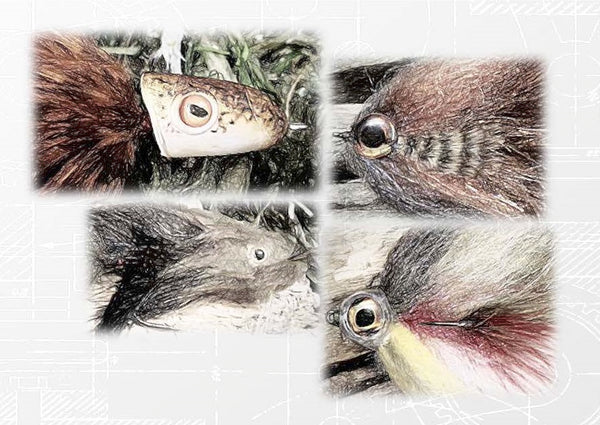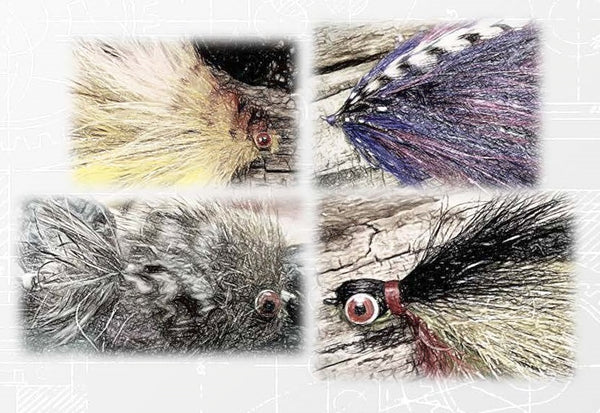Flymen Blog
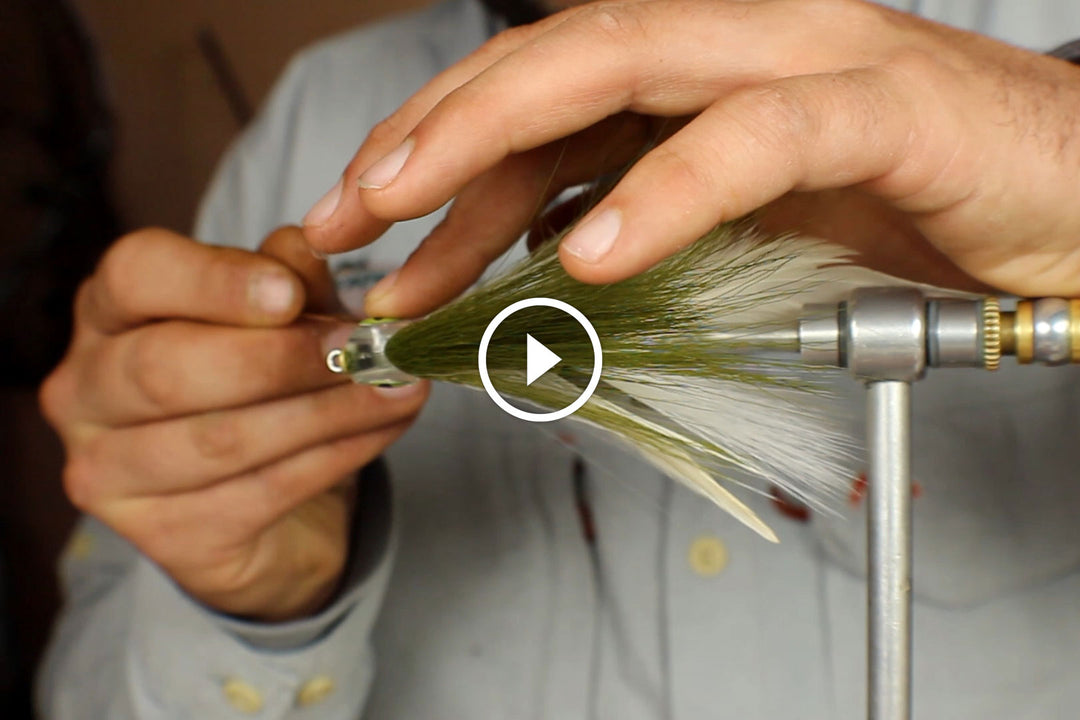
A fly designed to draw out the big predatory fish.
Massive streamers don't have to mean sore shoulders from casting all day. This large variation of the Double Deceiver streamer is kept light and easy to cast with the combination of Fish-Skull Faux Bucktail, which sheds water, and Body Tubing, which helps create the illusion of a large body without adding too much bulk. A Big Game Shank gives it lifelike movement, and it's cleanly finished off with a Fish-Mask and Surface Seducer Dragon Eyes. Learn to tie it today!
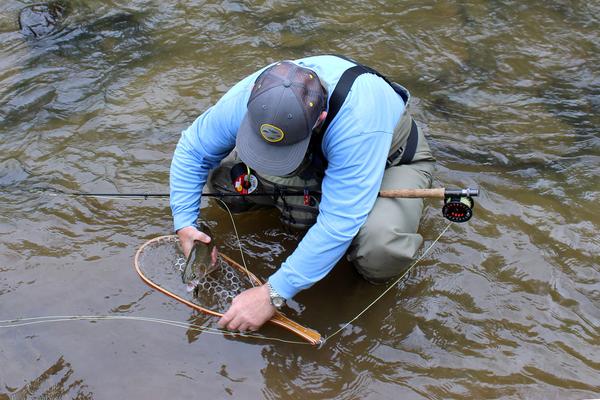
Varying your technique and presentation to match the fishing conditions at hand is key to consistently catching fish.
The dictionary defines the phrase, “One trick pony” as “a person or thing with only one special feature, talent, or area of expertise."
I see fly anglers all the time who are one trick ponies — for example, only fishing with dry flies or dry and dropper rigs no matter what the stream conditions are. Even guys who nymph fish can get caught up in only euro nymphing or only indicator nymphing.
We've all been guilty, myself included, of sticking to a favorite technique or fly for too long when it’s not producing.
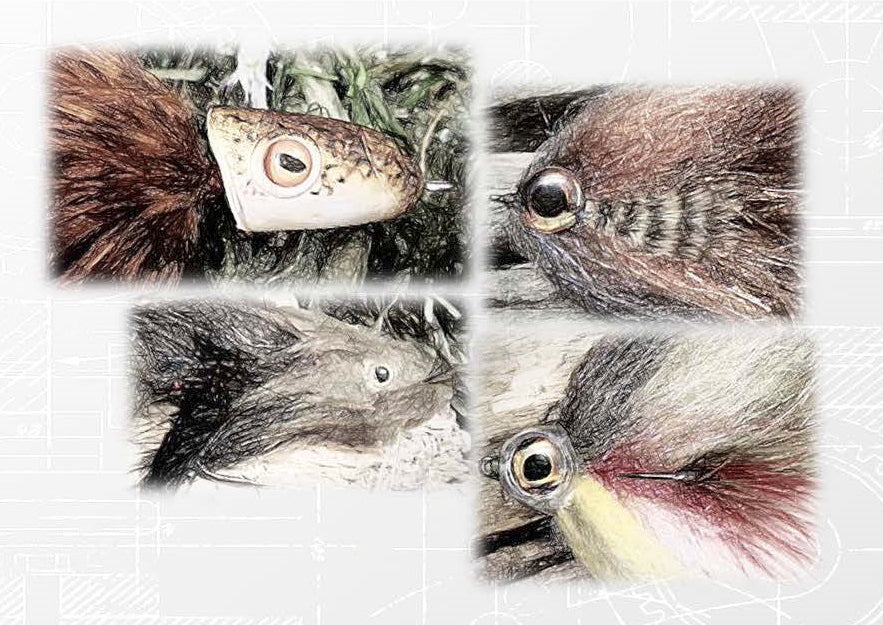
While I’m always excited to catch any fish regardless of size, the level of excitement goes up exponentially when casting for predatory fish like musky and pike.
There is something seemingly primal about these fish — maybe it’s all their teeth in that crooked grin. There are a couple of puzzles to figure out when designing and tying big flies for big fish.
To get bigger fish interested in your flies, they have to be of sizable equity to the fish. In other words, you throw a big fly to a big fish because they need a bigger meal to sustain their weight. Smaller patterns will more often than not get the results that a larger fly will, especially in waters known to house bigger fish.
Big flies can often be mistaken for a lot of materials stacked onto a hook. The more materials you tie on a hook, the heavier it will be. With some musky flies being a foot long, you don’t want your arm to fall off halfway through a fishing trip.
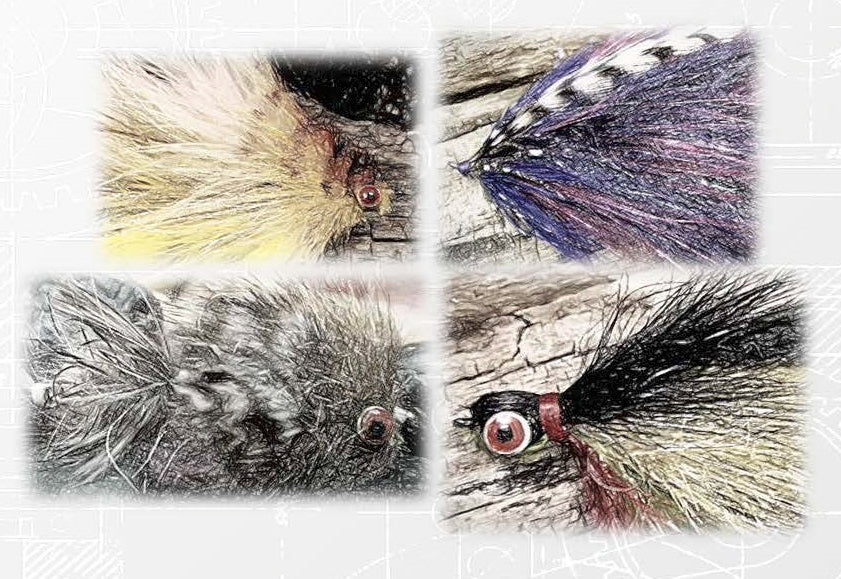
There Are a Few Categories of Flies You Should Have in Your Fly Box at All Times.
If you're going to lace up your wading boots and go fly fishing (especially in cold weather) you should have these types of flies in your fly box: a sculpin imitation, a baitfish pattern, a wide-bodied fly, and a wild-card pattern. The four flies in this part cover these categories.
Herbert Hoover once wrote, “Fishing is much more than fish. It is the great occasion when we may return to the fine simplicity of our forefathers.” The thing to take away from that quote is our forefathers did not have Articulated Shanks, Chocklett's Body Tubing, or Sculpin Helmets to tie with. So many great materials are available now to tie virtually any kind of fly pattern you can imagine.
When tying these flies, I chose materials that move and breathe well in the water (if you've never tied with black bear, it is a wonderful material and moves great in the water). Examine the water you'll be fishing for the native baitfish and tie these patterns in according colors.
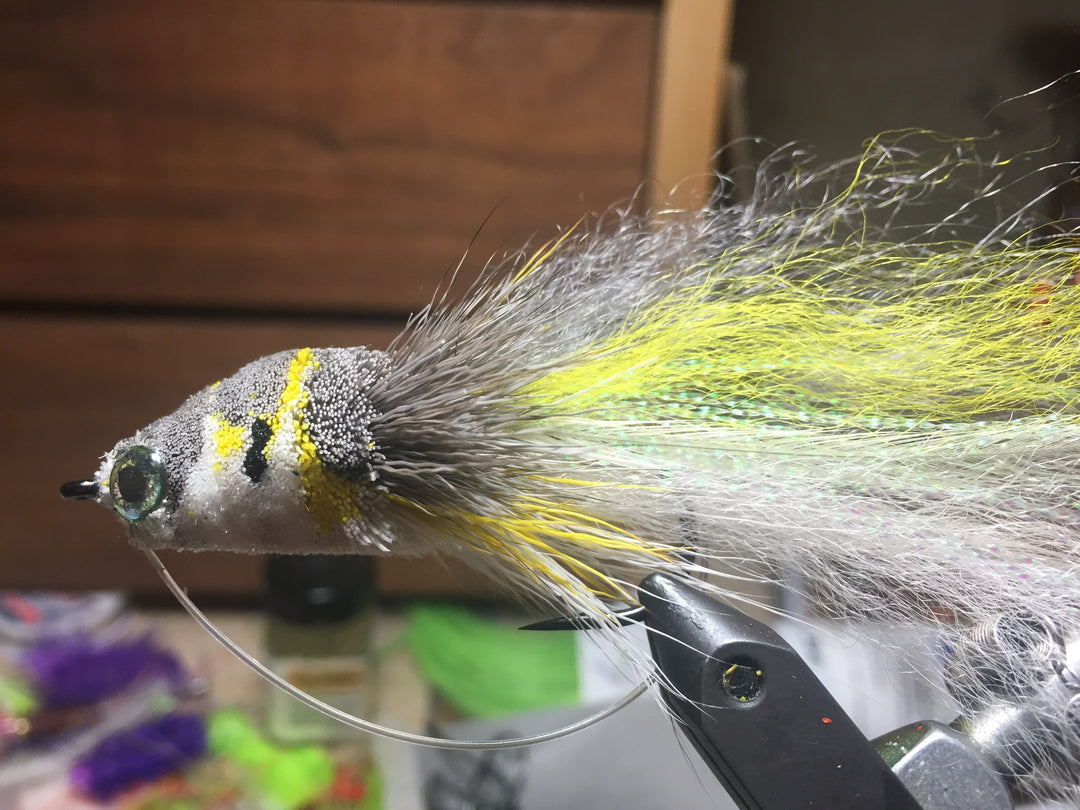
One of the Most Fun Parts of Fly Fishing Is Designing and Tying Flies.
As a fly tying instructor, I often have clients who have designed and tied a new pattern, but there is some flaw in the design (e.g. the wrong hook, articulated when it is not needed, too big, or too small) or material selection.
These are integral parts of fly design. The large cunning fish you'll be targeting know how their food choices move and will shy away from flies that do not move naturally.




